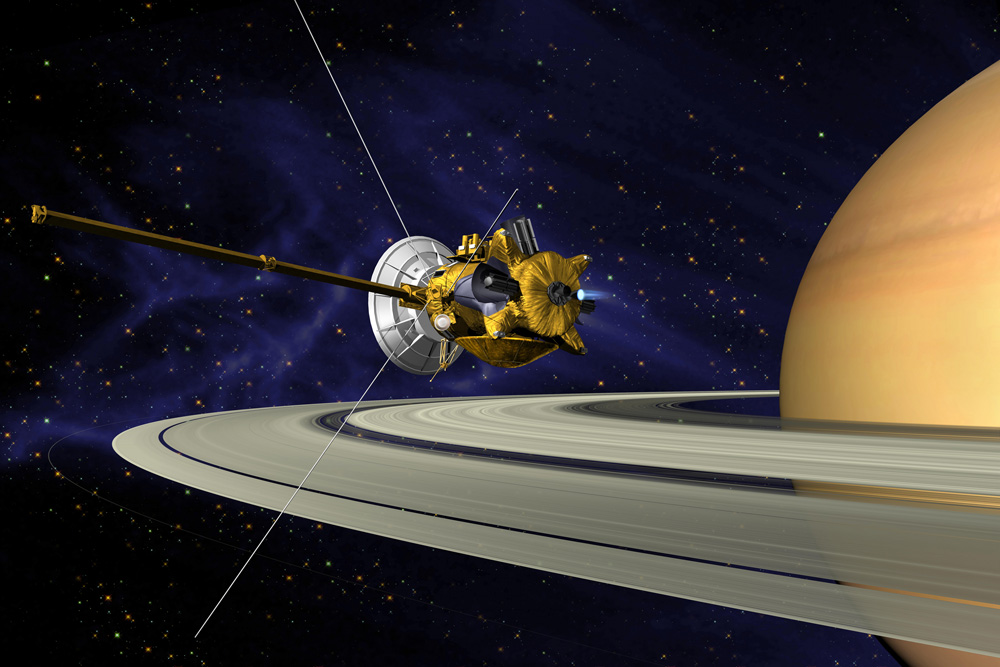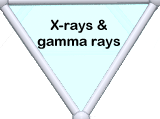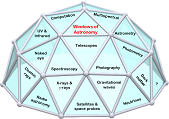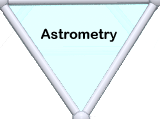Windows of Astronomy |
||
Satellites & space probes As I’m writing this piece, the sixtieth anniversary of the launch of Sputnik-1, the first artificial satellite, has come and gone. Sputnik-1 contained no scientific instruments but having proved that the technology of inter-continental ballistic missiles could launch satellites, then instruments were not long in following. The main point of astronomical satellites is to observe above the atmosphere. The atmosphere absorbs radiation, distorts radiation and adds its own contribution. This is true for almost all of the electromagnetic spectrum and for cosmic ray detection. [The international space station (ISS) is more concerned with the technology of surviving in space and ‘zero g’ experiments, experiments in free-fall that simulates no gravity]. Rockets and balloons were used before satellites to get partial and temporary relief from the atmosphere. Some of what satellites have done for astronomy can be inferred from other sections of this piece. Since there are over 1500 active satellites in orbit, and thousands more no longer active, no summary is offered here. Most of the 1500 are Earth observation satellites (civil and military), communications satellites and GPS satellites. Perhaps the Hubble Space Telescope is the most famous of all the astronomical satellites. Space probes are mainly about getting up close to the rest of the solar system. They have been in the news since Pioneer 5 was launched in 1960 to investigate the radiation and magnetic field found in interplanetary space between us and Venus. The other use of space is to conduct experiments that can’t be done on Earth. One such satellite experiment was Gravity Probe B, testing predictions of Einstein’s theory of General Relativity (they were vindicated). A space probe with a related mission is LISA Pathfinder, aimed at testing the technology to detect a greater range of gravitational waves than can be done on Earth.
|
Hubble Space Telescope in orbit. Courtesy NASA. |
|
Apart from reporting in detail on interplanetary space since the 1960s, space probes have orbited all the planets from Mercury to Saturn, hugely widening our knowledge of the solar system. Mercury can’t be seen in detail from Earth since it is small, a long way away when farthest from the Sun in the sky and its appearance still affected by twilight or pre-dawn light. It has now been mapped in detail [See the US Geological Survey YouTube video for its overall topography], its internal structure deduced from a gravimetric analysis and its thin atmosphere characterised. Completely cloud-covered Venus has had its surface revealed by radar and its astonishing surface conditions imaged by Russian Venera landers. The Moon has of course been visited on 6 occasions by astronauts but has also been the subject of millions of images and some remote landers and impactors. Mars has been under close scrutiny since the first Mariner probe flew past in 1964. The atmospheres of the ‘gas giants’ Jupiter and Saturn have been explored over years and their huge retinue of accompanying moons has been expanded and found in some cases to be possible harbingers of life in the solar system, far further from the Sun than life had previously been thought possible. The remaining outer solar system of planets have all been seen in flyby. Dwarf planets Pluto and Ceres showed only a few blurry features in Earth-based instruments prior to space probe images revealing fine detail of their surfaces. The first detailed picture of an asteroid was made as recently as the 1990s. Space-probes have followed comets, impacted them and even landed. Other probes have concentrated on the Sun, the most important solar system object of all for life on Earth. Yet more probes have followed Pioneer 5 in exploring the composition of the solar wind and the details of the interplanetary magnetic field. Data has been collected by the two Voyager spacecraft launched in 1980 and 1981 that are still transmitting from just beyond what is often seen as the boundary of the solar system. Our picture of the solar system has changed utterly from that available in mid-twentieth century, revealing it as an amazingly varied, dynamic environment in which we live on one remarkable planet. |
The Cassini probe beside images taken by Cassini of Saturn and Saturn’s rings. Courtesy NASA. |
|




